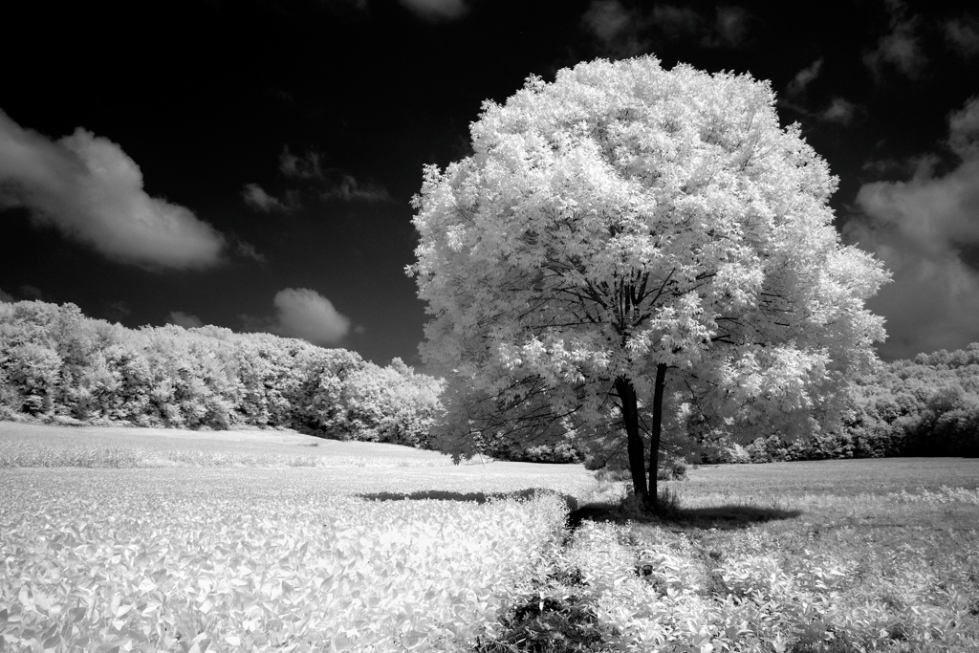“Seeing is saturation of awareness that grows out of a quality of emotional knowing.” – Galen Rowell quote, original author unknown
I wanted to take a moment to explore the philosophical side of image capture. Call it the Zen of photography if you will. Having spent a great deal of time around fellow photographers, I’m convinced that there are really two philosophical methodologies to taking pictures. There are those photographers who are technically focused and then there are those who take more of an emotional and spiritual path to image capture. The technical folk are less concerned with the feeling and emotion behind photography. For them, the experience is less important than the final result—and image capture follows an almost formulary approach.
And of course, there are those who are emotionally rooted. These photographers tend to let their experiences validate their images, rather than their images validating their experiences. For these photographers, it’s about tapping into a profound sense of deeper meaning—not only in how the subject is interpreted and communicated, but in the process itself. Like shaman on a mystical journey of self discovery, these photographers seek to channel their deep understanding and feelings about the experience (and location) in a way that will hopefully translate into a compelling photograph with a strong emotional message. Often times though, it may be moving for them, but will fall flat for the viewer and fail to resonate in any meaningful way.
But let me be perfectly clear, no matter how profound or lofty our personal vision; no matter how connected we feel to our environment or the subject–our photographic ideas won’t be fully realized if we lack sound technical aptitude and good design sense. It’s hard to transcend what’s beyond our lens if we don’t fully understand how to fluently speak the language of our camera. Whether it’s an understanding of how to reign in extreme dynamic range, manipulate depth of field or harness drama through creative use of shutter, we must instinctively learn how to master the technical craft first and foremost. And in doing so, we will hopefully free ourselves to focus on more artistic and philosophical virtues.
From technical mastery is born artistic awareness and design intent. Here, we learn the many facets behind compelling composition–foundational design constructs like line, shape, form, tone, texture, perspective, rhythm, energy, balance, color, and of course mastery of light. But as much as we attempt to utilize these compositional building blocks in our photos, they will lack context unless we can interpret them in the emotional sense. For example, the technical photographer will look at lines like a mathematician looks at a geometry problem.
Yes, there is symmetry in lines and it is certainly a powerful design element used to lead the eye into (or out of) a scene. But if we look closer, a line can reveal much more (as do other elements like color, texture, etc.). For example, we know that horizontal lines have a calming effect, whereas vertical lines have more energy—even more so for diagonals. We know that thick lines have more strength and thin are more frail. We know that curved is sensuous and straight is rigid. What can we learn from these hidden meanings?
I think the question that really needs to be answered is, “What are we really trying to say with our photographs?” And ultimately, how do we move beyond literal labels so we can capture the core emotional essence, personality and mood of our subject? For those photographers on a spiritual mission or vision quest, it’s not necessarily what they’re looking at in the literal sense, but what they figuratively see and feel as viewed through the window of their soul. This is something that can only be answered by digging deep into our own psyche and life experience. For some, a tree is just a tree and is photographed as an exact representational mirror. For others, it’s a cliché on a common theme such as loneliness. But, is it our own loneliness we’re trying to project, or are we merely emulating what we’ve been told we should feel when we see a lone tree sitting in a field? Is this our unique vision, or does it belong to someone else?

Maybe this tree is where we kissed our first love and it represents innocence lost? Maybe the tree was where we spent countless summers swinging into the river on an old tire swing and it represents the joy of living in the moment? Maybe the tangled knots in the tree represent the turmoil in our lives—past or present? Maybe the changing Autumn leaves represent Father time and the wisdom that comes from gracefully growing older? For every subject, there is our own interpretation. Sometimes this interpretation is so personal, only we get it. And sometimes, we strike a chord that resonates universally–even if the viewer’s interpretation is slightly different than our original intent. Either way, these are the photos that move us on some personal level, even if we don’t fully understand why.
If you are to realize your own vision, it must come from deep within your own soul. Whether this vision is highly original, artistic, abstract; whether it focuses on pain, beauty or ambiguity; whether it is literal or interpretive; black & white or color—is not nearly as important as being truthful to your own soulful interpretation. If you don’t feel emotionally connected to the subject, neither will your viewers. Finding the poetry and music in a scene can never come from only looking through the lens or technically manipulating the camera dials. Rather, it comes from looking deep inside yourself. Only then, are you truly seeing.

